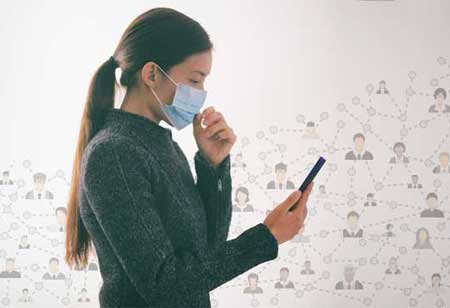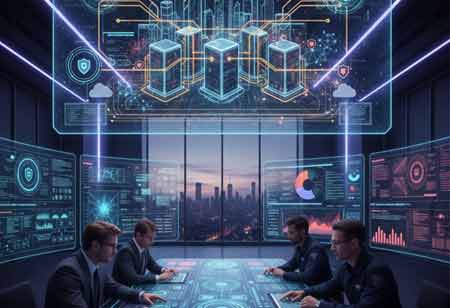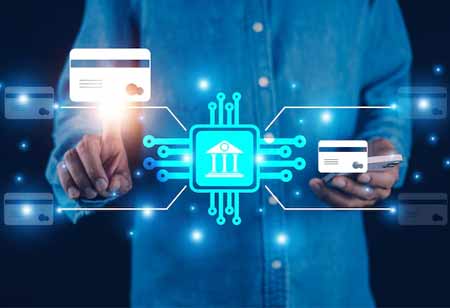THANK YOU FOR SUBSCRIBING
How to Protect Privacy When Contact Tracing?
In a centralized approach, data generated by individual smartphones are collected in a unified database and scrutinized by a public health authority to decide when individual users should receive exposure alerts.

By
Apac CIOOutlook | Monday, September 28, 2020
Stay ahead of the industry with exclusive feature stories on the top companies, expert insights and the latest news delivered straight to your inbox. Subscribe today.
In a centralized approach, data generated by individual smartphones are collected in a unified database and scrutinized by a public health authority to decide when individual users should receive exposure alerts.
Fremont, CA: The coronavirus pandemic has pushed the lawmakers and other government officials worldwide to go for technology-assisted contact tracing as a means to track infected people and those who might have exposed to SARS‐CoV‐2. Many experts estimated that 60–80 percent of the population would need to install contact tracing apps to fully replace manual contact tracing, which would, in turn, provide significant value as a supplement to traditional manual efforts. Since contact tracing technologies analyze sensitive information about citizens’ locations, they raise a lot of questions regarding civil liberty. However, it requires a significant proportion of the population to trust and willingly embrace contact tracing tools for them to be effective.
Let us look at how to protect privacy when contact tracing:
Technology‐assisted Contact Tracing to Replace Manual Tracing
Traditional manual contact tracing has certain limitations. The process is manpower, and most states still do not have sufficient trained workforce and related infrastructure. Furthermore, human contact tracers can sometimes not locate and notify all of a patient’s contacts quickly. Tracers cannot always get to known contacts. Thus, public health authorities and technologists around the world have looked to complement manual tracing by using modern technology, especially smartphones.
Determining Location and Proximity
One of the most common questions for any smartphone-based approach is how to decide when two phones have been close to each other. Various methods have been developed.
One of those methods is to depend on the phone’s location, as decided either by an embedded global positioning system (GPS) chip or by signals that the phone sends to and receives from cellular towers, which is known as cell-site location information (CSLI). Using GPS for contact tracing typically needs purpose-built software to be installed on the phone, but CSLI can be obtained in bulk from cellular carriers.
Data Storage
Concerns about data sensitivity apply more forcefully when location information is centrally stored. In a centralized approach, data generated by individual smartphones are collected in a unified database and scrutinized by a public health authority to decide when individual users should receive exposure alerts. On the other hand, in a decentralized model, most data stay on individual devices, which compare shared data from diagnosed coronavirus carriers against locally stored visited locations or Bluetooth identifiers previously received from other phones to identify whether alerts should be displayed to users.





